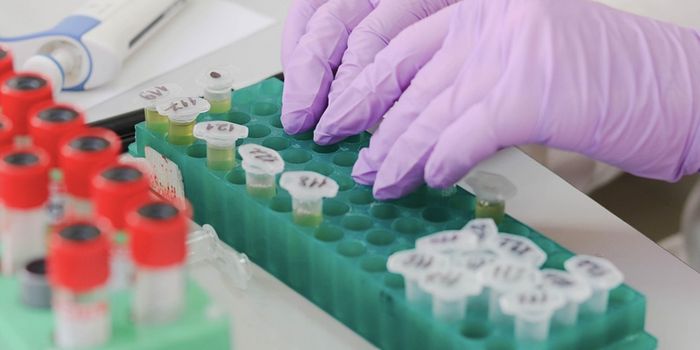Scientists Reveal 51 Mutations Linked to Changes in ALS Risk
Amyotrophic lateral sclerosis (ALS) is a neurodegenerative disorder in which neurons in the central nervous system that help control muscle movement start to die. This causes muscles to weaken, and eventually waste away. Movements like walking and talking degenerate first, but in most cases, other functions like breathing are eventually affected and the disorder gets worse. The disease is fatal to most people who are diagnosed within about five years of diagnosis. though some people survive for longer.
Most cases of ALS are thought to arise spontaneously, and not due to some inherited genetic cause. However, about ten percent of ALS cases are related to an inherited defect. In these patients, changes in a gene called C9orf72 may be the cause, while changes in another gene called SOD1 have also been linked to ALS.
Now, scientists have identified changes in many more genes that are linked to ALS. These mutations were found in mitochondrial DNA (mtDNA), however. The DNA in a mitochondria is separate from the rest of the human genome, which is found in the nucleus of most cells. The mitochondrial genome only encodes for mitochondrial genes.
This study revealed thirteen mtDNA mutations that increase ALS risk, and another 38 mtDNA mutations that decrease the risk of ALS. These genetic changes could be useful in a diagnostic test for the disease, the researchers suggested. The findings have been reported in the journal Muscle & Nerve.
Mitochnodrial DNA is only inherited from the mother, and mutations in mtDNA can lead to neuromuscular diseases. The researchers noted that these mutations may not be causing ALS, but they are associated with the disorder, and it may be useful to include these genes on diagnostic panels for ALS.
In this work, the investigators assessed the genetic material from 1,965 ALS patients and 2,547 unaffected individuals.
"We noted that our study was the first to associate mitochondrial genome mutations with ALS," said first study author Marcelo Briones, a professor at the Federal University of São Paulo's Medical School (EPM-UNIFESP) in Brazil.
"It's hard to obtain a large sample for ALS. Our data was from patients in the United States who mainly had white ancestors. The incidence of ALS is highest among whites, according to the scientific literature. Among people with African ancestry, despite low incidence, the disease usually takes the most severe form, which is bulbar ALS," noted Briones, who added that this research may be useful for future ALS gene therapy studies.
Sources: FAPESP, Muscle & Nerve









